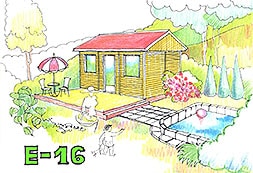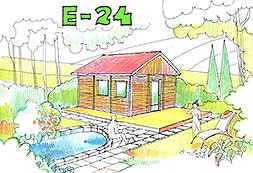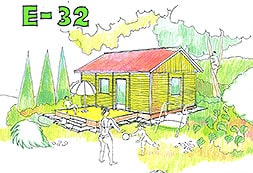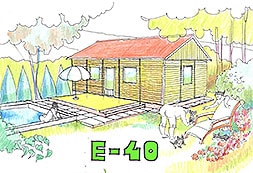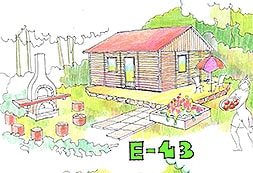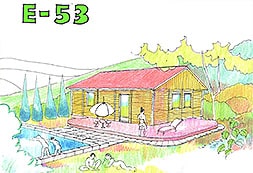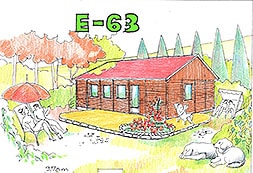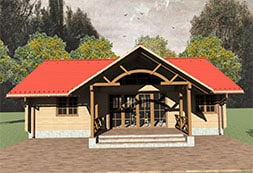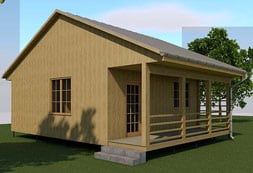Design and production of a slatted roof
Today, the nail plate roof is a well-known building element
If we consider the other building elements, the nail plate roof is not a solution with a long history. The technology of the nail plate roof began to be used in the 1950s in the United States of America. Construction professionals did not receive it with bursting joy, they were rather skeptical. However, the technical development, the rapid development of technologies, and the parallel technological development of the nail plate roof have been proven. More and more people started using it and perfecting it along the way. Today, we have a completely sophisticated structure that perfectly meets all requirements. A very good proof of this is that more and more family houses are being built, as well as agricultural buildings and industrial facilities. It is no accident, as it has countless advantages over traditional roof structures. The difference between a traditional roof structure and a roof with nail plates is found in the fastening of the structure. While the traditional structure is fixed with screws, the nail plate roof is fixed with a steel nail plate. The name of the structure comes from this fastening technique.
How is a nail plate roof made and what are its advantages?
During the production of the nail plate roof, the design is done with a computer. This design is based on data provided by the customer. After the design, high dimensional accuracy is essential during production, which is also helped by a computer software. It follows from this that one of the most significant advantages of a nail plate roof lies in its design. Already in the planning phase, the customer can see in advance what kind of plans will be created with the help of the software. This is important because even larger modifications can be made in this phase, in accordance with the customer's requests and expectations. Thanks to the production technology, in the case of a nail plate roof, the time spent on construction can be significantly reduced, which results in significant cost reductions. And this speed is also a great advantage for those who want to replace their old roof structure, since in this case the manufactured roof structure can be erected immediately on site. In terms of time, this means that the new roof structure can be erected within 4-5 days, including the production. Another great advantage is that it is also a perfect solution for roof structures with a low inclination angle, where the span is large. This is exactly why the angle plate roof is a popular solution for large halls and industrial facilities, where very large spans have to be bridged. The structure already includes the slab structure, so there is no need for intermediate supporting walls.
We have briefly summarized the advantages and features
We have already mentioned some advantageous features, but we consider it necessary to repeat and supplement them with a small summary.
- No internal retaining walls are needed, so no special attention needs to be paid to supporting the roof.
- The static planning and dimensioning of each angle plate roof is done with a computer software, according to the customer's needs.
- It is quick to prepare and quick to install.
- It can also be installed on flat roofs and in places with large spans.
- Less material is required (approx. 30 percent less wood is needed)
- It can be loaded well and can be customized, so for example it can handle both solar panels and pots at the same time.
- The loading space and living space under the roof can also be designed, so it is also possible to create a habitable attic.
- Gable roofs are more cost-effective.
- It can also be used well in the renovation of existing family houses, as the nail plate roof puts less strain on the existing walls and foundations.
- It does not require a solid slab, as the lower belt of the grids is suitable for connecting either the plasterboard false ceiling or the thermal insulation.
- And last but not least, the endless possibilities of use, with which any idea can be realized.




